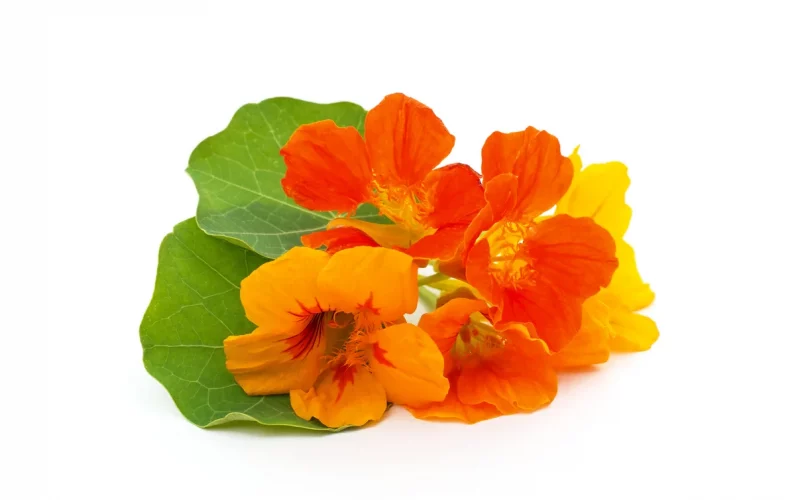Nasturtium and its potential use in fighting multi-resistant pathogens
Reading Time: 2 minutes

Table of contents
More articles on this topic

Memory Problems – A Precursor to Dementia?
It is currently estimated that approximately 13.4 million or up to 18% of all people over age 60 in the US are affected by mild cognitive impairment (MCI) in advanced…

Herbal Remedies for gastrointestinal complaints: Part 3 A healthy intestine as the basis of our well-being
Our gut is home to trillions of germs, bacteria and fungi – and that’s a good thing. This is referred to as the “microbiome”. When we talk about the intestinal flora,…

Herbal remedies for gastrointestinal complaints: Part 2 Herbal remedies for flatulence
In the second article in our series, we present plants that can relieve flatulence. Flatulence is usually shown by a bloated stomach and an uncomfortable feeling of fullness. It can…

